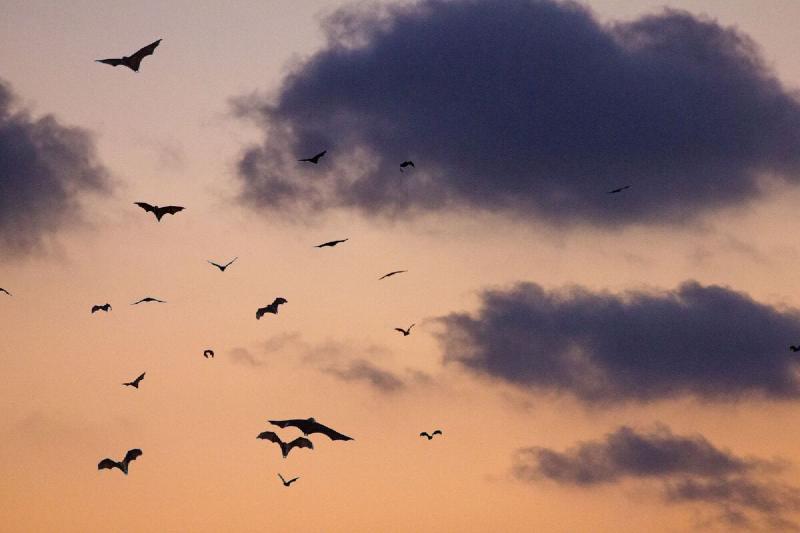There are more than 6400 mammal species in the world. Of those, 20% (more than 1400 species) are bats. They live in almost every part of the world except the arctic and antarctic, with 18 species here in the UK. With so much diversity, bats can be useful ‘indicator species’. Changes to bat populations can indicate that there are changes in ecosystems, such as insect population declines and habitat degredation.
Since 1991 the Bat Conservation Trust has run a diverse range of projects to conserve bat populations. They monitor bat populations across the UK, promote bat conservation through policy and advocacy work, and provide advice to the public
More about the Bat Conservation Trust on the website.
Citizen science surveys
See all BCT monitoring projects here.
Sunset survey
-
An hour after sunset or an hour before dawn, watch for bats and record how many you see and what species (if you can)
-
Also record any other nocturnal animals.
-
BCT provides simple guides to IDing bats in flight
Roost count
- Requires you to find a bat roost.
- Get out 1 hour before dusk and look for bats swarming.
- Count bats as they exit the roost.
Waterway/Field Surveys
- Contact the BCT and get assigned a waterway or survey site.
- Walk a route along the waterway or transect of the field site, and count bats.
- Requires a bat detector and a little experience recognizing bat species.
Hibernation survey
- Requires you to be trained and licensed.
- Enter a hibernation site to count and identify species presence.
- A licence is required because it is very important that bats not be disturbed while hibernating.
- Training offered by BCT
Bat walk tips
- Make sure your site has bats! Water bodies and woodlands make excellent sites for bats.
- Plan a route that is shorter than you think you need. For a 1 hour walk, plan a route which would normally take 10-15 minutes to walk. Paved routes maximise accessibility.
- Participants should bring a flashlight/torch for shining on the path if needed. These are NOT for use on bats as it may disturb or frighten them.
- Group size depends mostly on size of the site and number of available staff/volunteers. Scatter staff throughout the group so they can speak with/help participants while keeping voices low.
Walks for families
- Be clear on what the evening will entail.
- It is more important that adults can judge whether the event is suitable for a child than a strict age limit.
- Introductory talks often need to be geared towards kids, so separate family and adult events can be a better experience for participants.
Bats in the UK and SARS-CoV-2
- While it is likely that SARS-CoV-2 is a zoonosis (a human disease of animal origin) contracted from a bat, bats and roosts in the UK are not a health risk to people.
- If you find a grounded or injured bat, in addition to gloves, wearing a mask can help reduce the risk of you spreading diseases to the bats. It is uncertain if bats can become infected by SARS-CoV-2 and spread it to roost sites.
- Fortunately UK bats do not seem to be facing pandemic related persecution.
Detailed info from the Bat Conservation Trust
More about zoonotic diseases (zoonoses) from the World Health Organization
Helping bats
- Wildlife friendly planting and ponds support insect populations which bats can feed on.
- Turn off unnecessary lights at night to help nocturnal animals.
- Put up bat boxes. Several in different directions will help fussy bats find one that suits them.
Bat ecology tidbits
- Insect activity often dips sharply during the night as temperatures drop. This drop is less pronounced in urban areas due to urban heat island effects, meaning bats may feed and stay active longer.
- Bats sheter during the day in a roost, these are often different from winter hibernation sites because they have different sleeping needs vs hibernation needs.
- Bat hibernate during the winter. Keeping cold keeps their metabolism low so they conserve their energy/fat reserves. It is important not to disturb bats at this time because that causes them to use more of their reserves.
